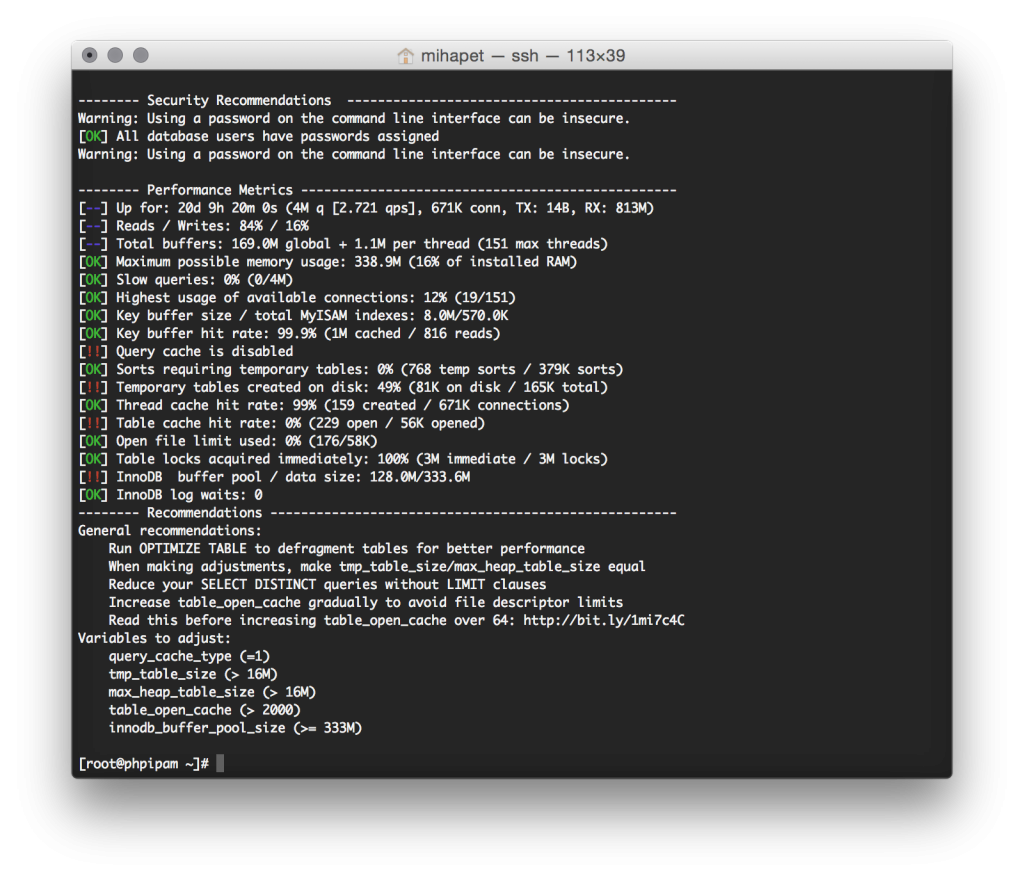Load Balancing Elephant Storage Flows
Olivier Hault sent me an interesting challenge:
I cannot find any simple network-layer solution that would allow me to use total available bandwidth between a Hypervisor with multiple uplinks and a Network Attached Storage (NAS) box.
TL&DR summary: you cannot find it because there’s none.
Read more ...